Owning and operating an e-commerce business during uncertain times is no easy feat. Even though the majority of e-commerce businesses have seen a significant increase in sales within the last 30 days, this doesn’t mean that they should only focus on sales as a means of measuring performance or ROI.
1. Reduce Product Returns
Perhaps the most fundamental rule of e-commerce is to keep products in customers’ hands. Whilst this means focusing on reducing product returns, it doesn’t mean ditching your return policy altogether as this will hurt customer relationships. By aligning the right products with the right customers and managing customers’ expectations about those products, you can reduce the number of returns.
2. Reduce Inventory Costs
As an established e-commerce business, you already know that your product inventory costs you money. Some products are likely to be more profitable than others. The key is to identify the products that are less profitable and consider removing them from your online store altogether.
3. Market To Returning Customers
It’s a fact that it is more cost-effective to market to existing customers than to new customers. In fact, the average order purchased from a return customer is 30 percent higher than that of new customers. Not only does marketing to existing customers reduce costs, but it also increases the overall customer lifetime value (LTV).
4. Automate Your E-commerce Business
If you have yet to explore the world of automation, then now just might be the time. Although many businesses love the idea of streamlining processes and operations, most aren’t sure of how to approach automation.
The first place to start is to identify any tedious, repetitive tasks. Then you can use automated tools to perform those tasks automatically, which reduces the amount of time spent performing these tasks manually. Not only does this cut costs, but it also helps grow and scale your business.
5. Spend Marketing Budgets Wisely
Most e-commerce businesses lack sufficient or accurate data to confidently calculate marketing return on investment (ROI). By using a robust AI-powered advertising tool, marketers and business owners can see which marketing channels are outperforming others and generating the most leads and sales, and adjust their marketing budgets accordingly.
6. Leverage The Right Tools
E-commerce businesses are likely to already have a number of tools set up to help them manage sales, inventory, and fulfill orders. AdScale is an AI-powered advertising tool that allows e-commerce businesses to optimize and maximize ad spend across various channels, such as social media and Google Analytics. This strategy provides both granular details as well as high-level insights, allowing businesses to see what’s working and cut costs on what isn’t.
How AdScale Helps E-commerce Businesses Cut Costs
It’s more important than ever for e-commerce businesses to monitor ROI and keep costs as low as possible to maximize efficiency, ensure greater returns, and produce healthier margins. If cutting costs is one of your goals for 2020, then AdScale can help you get there.
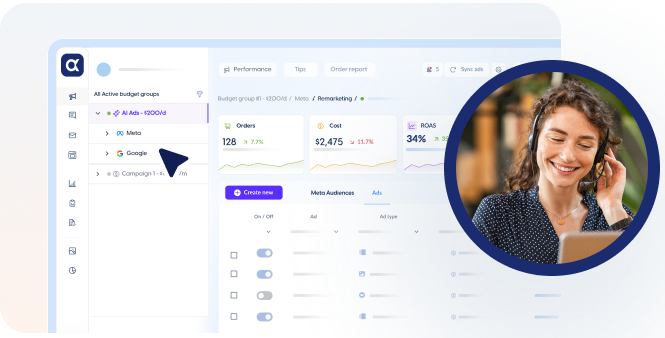

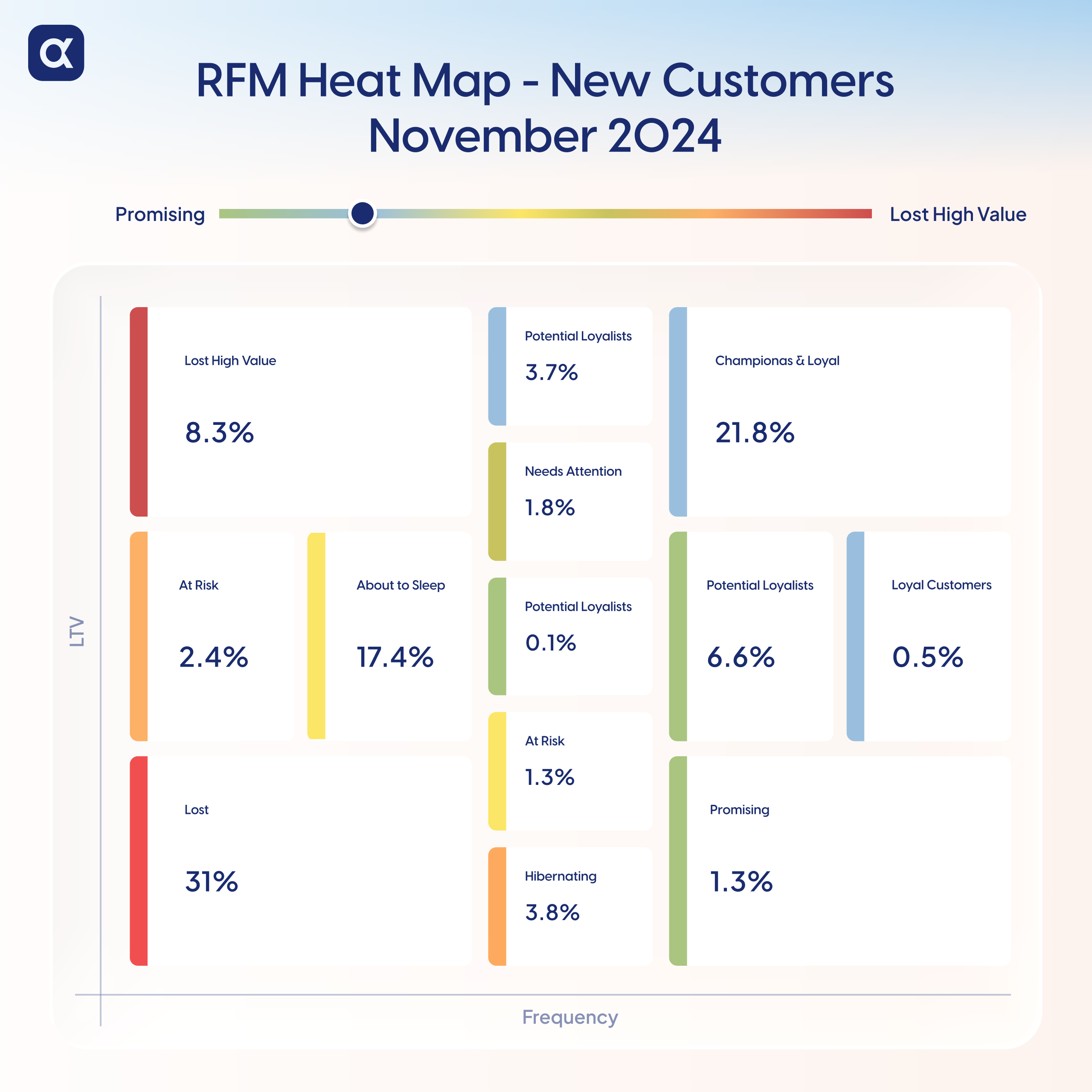




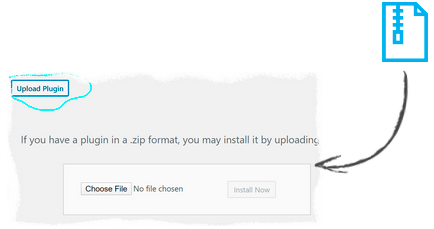

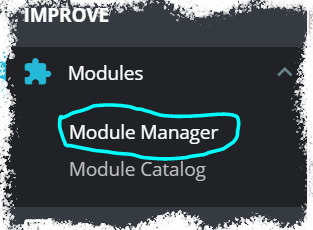

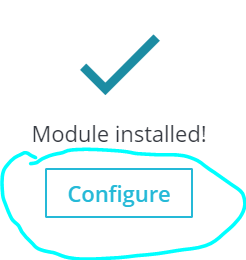



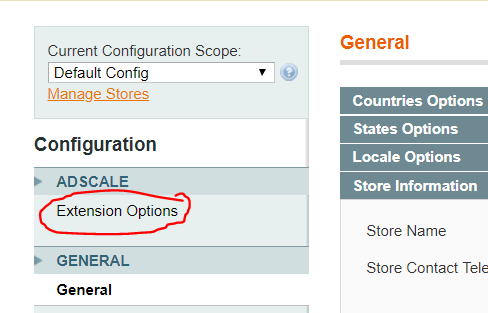

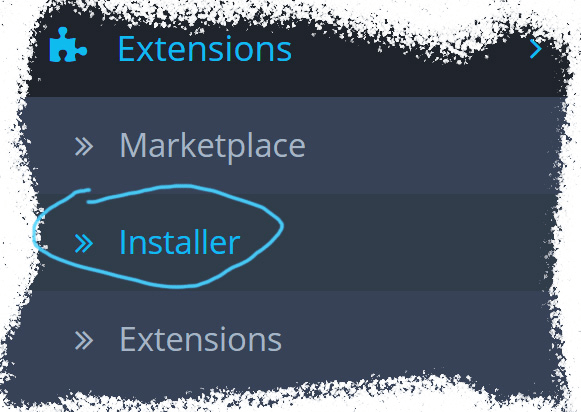

 ,
,